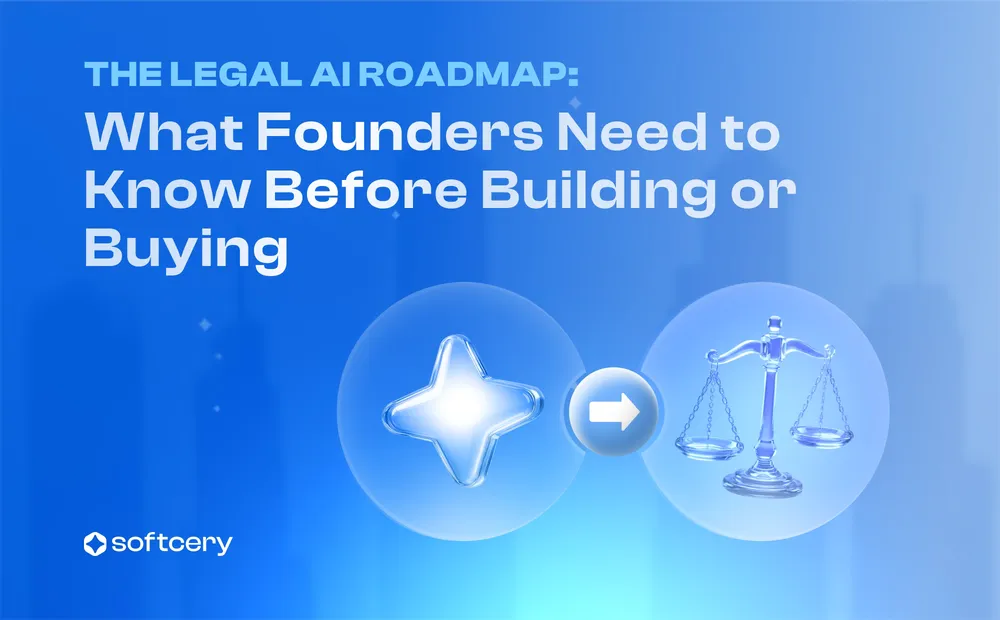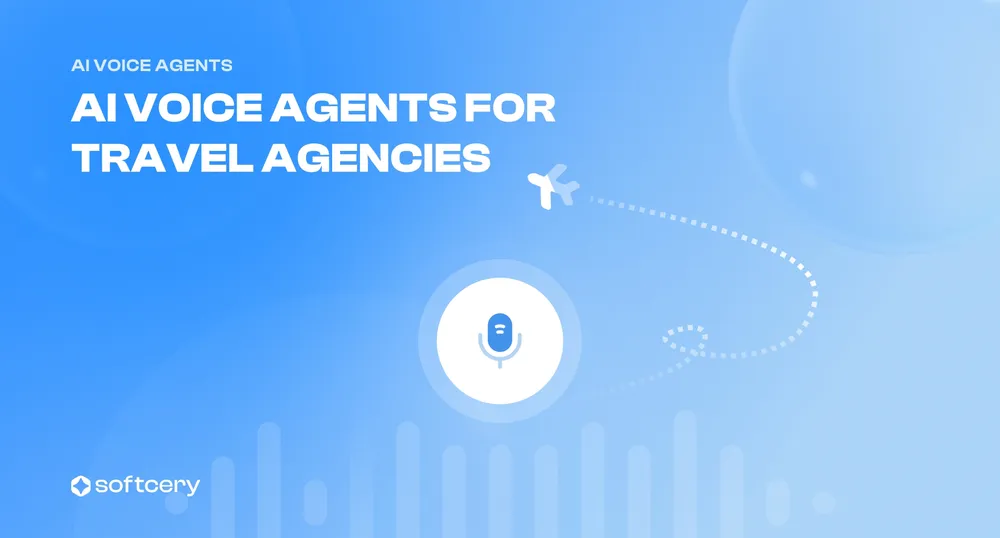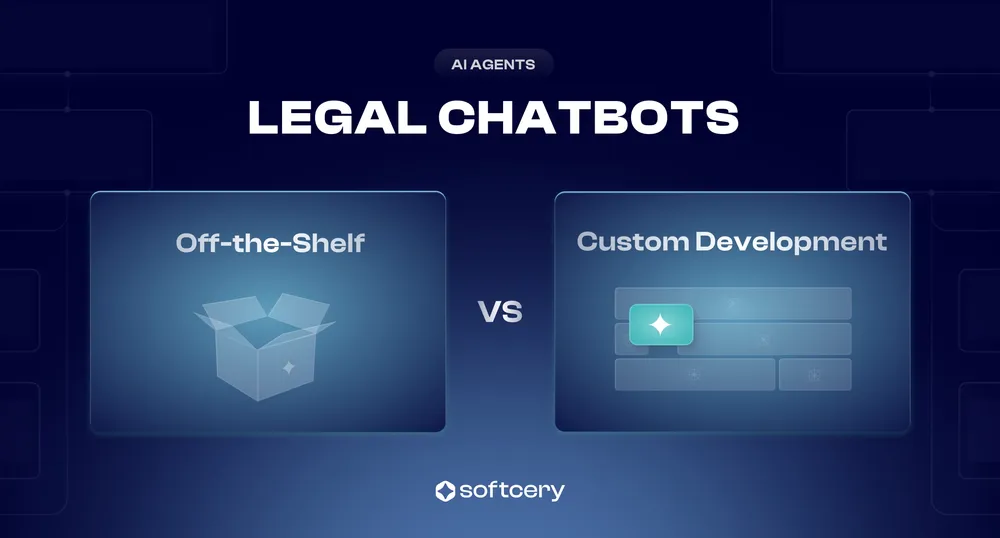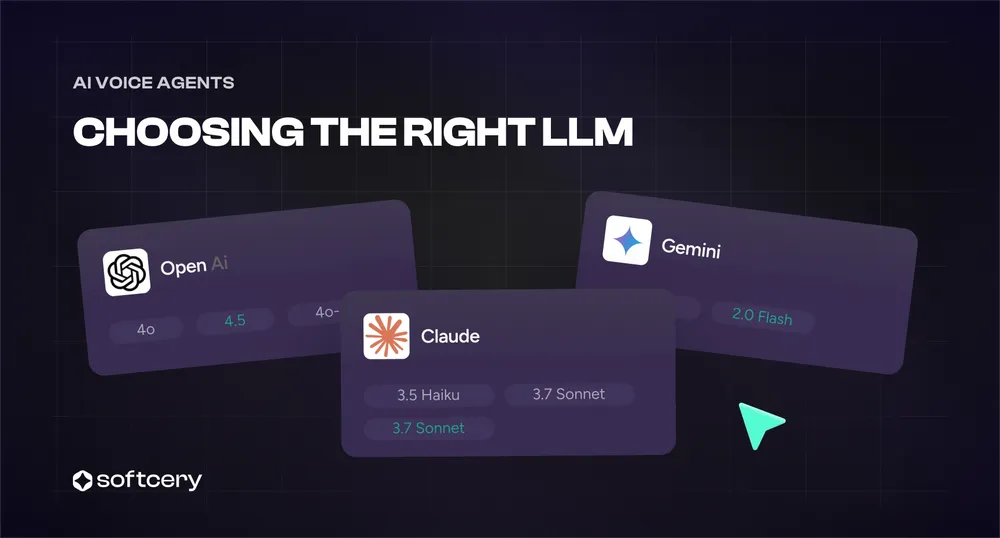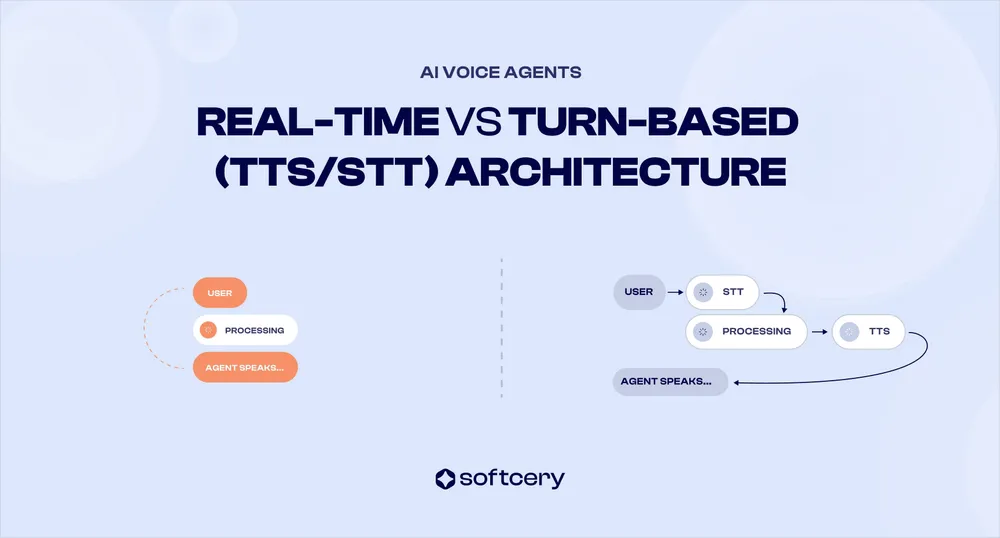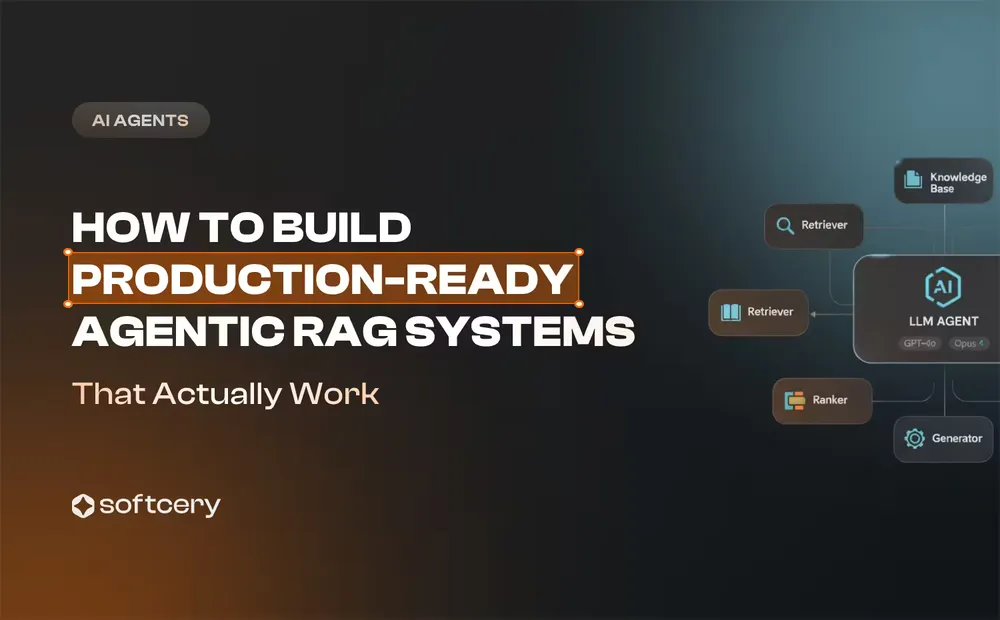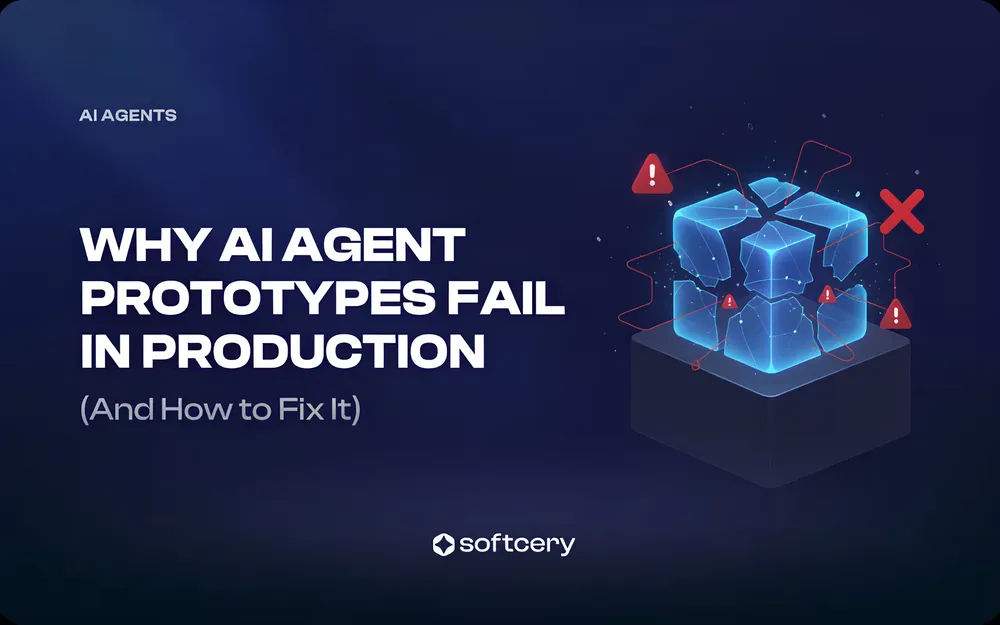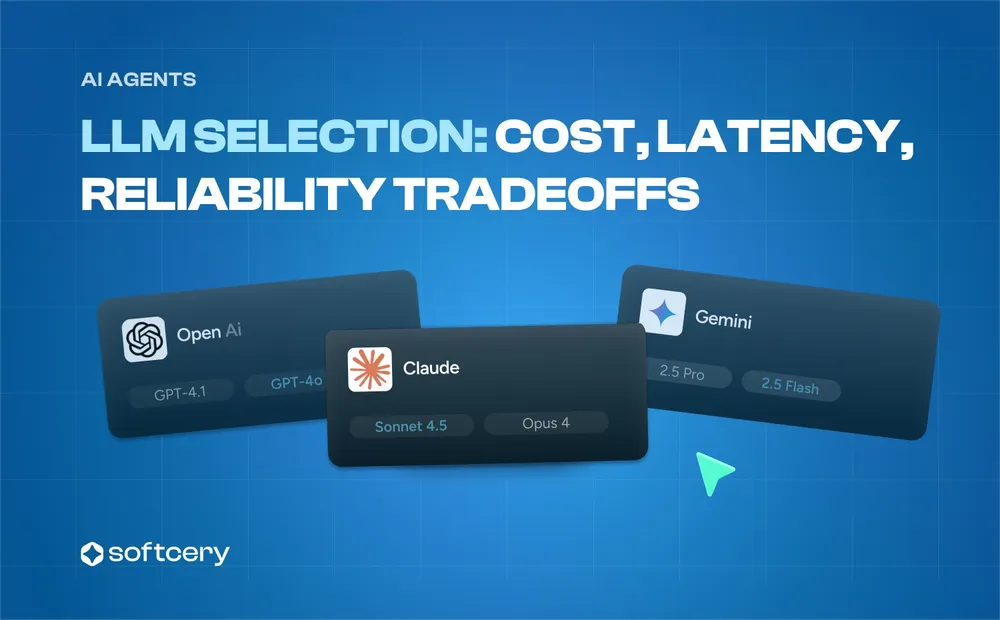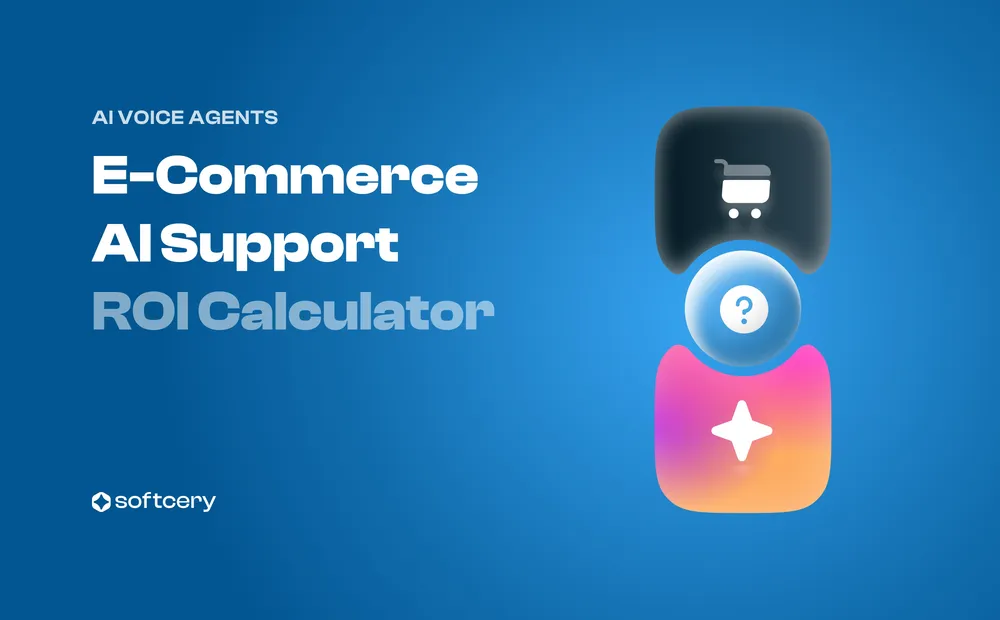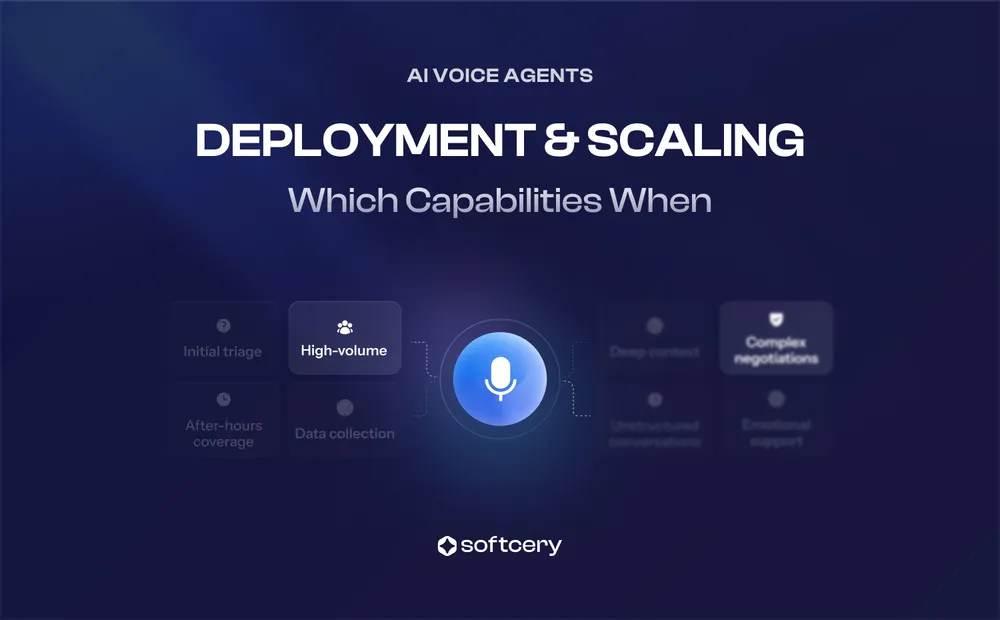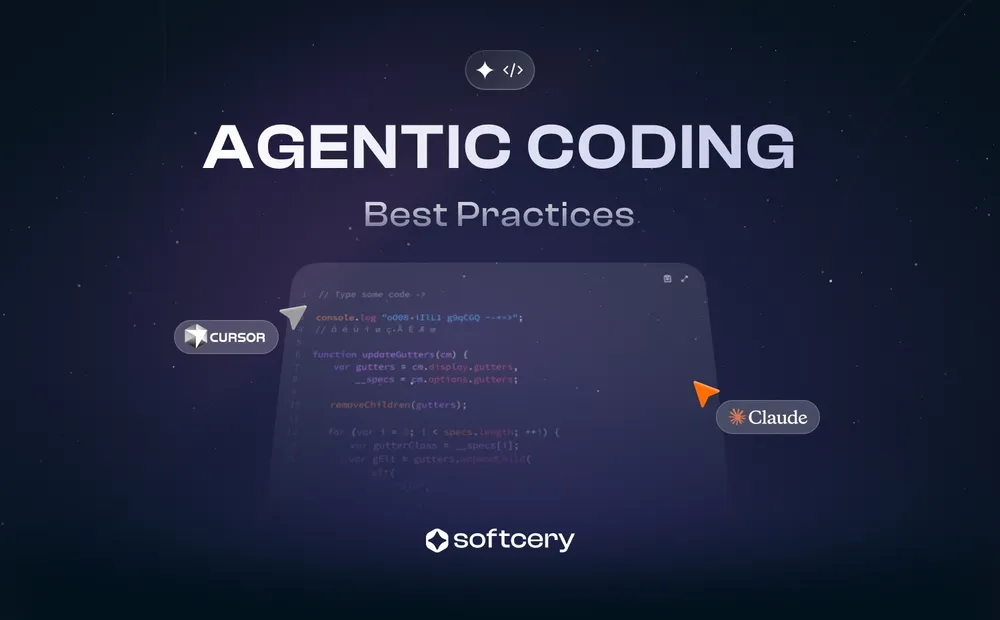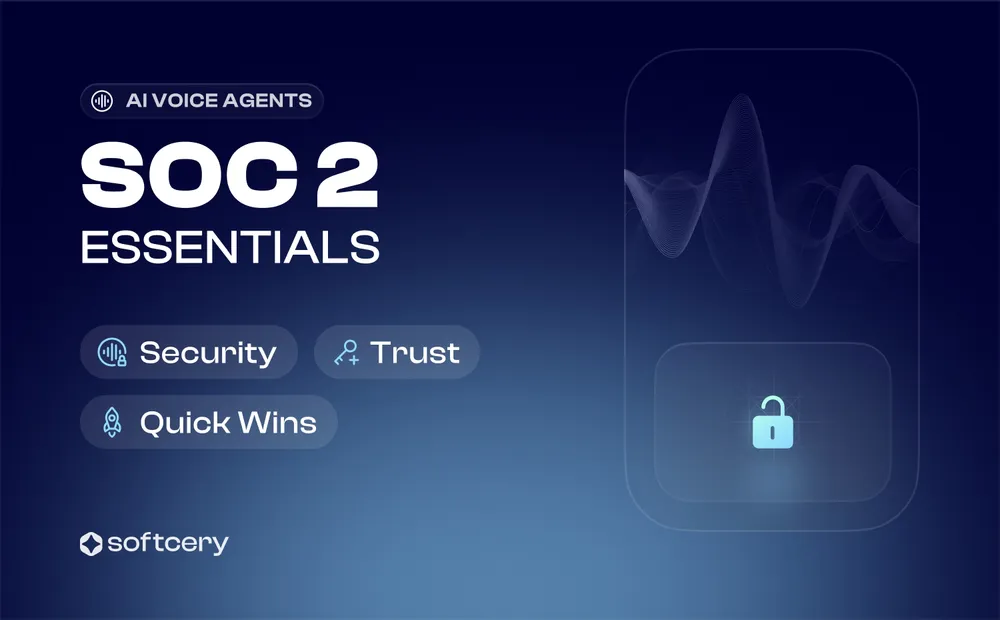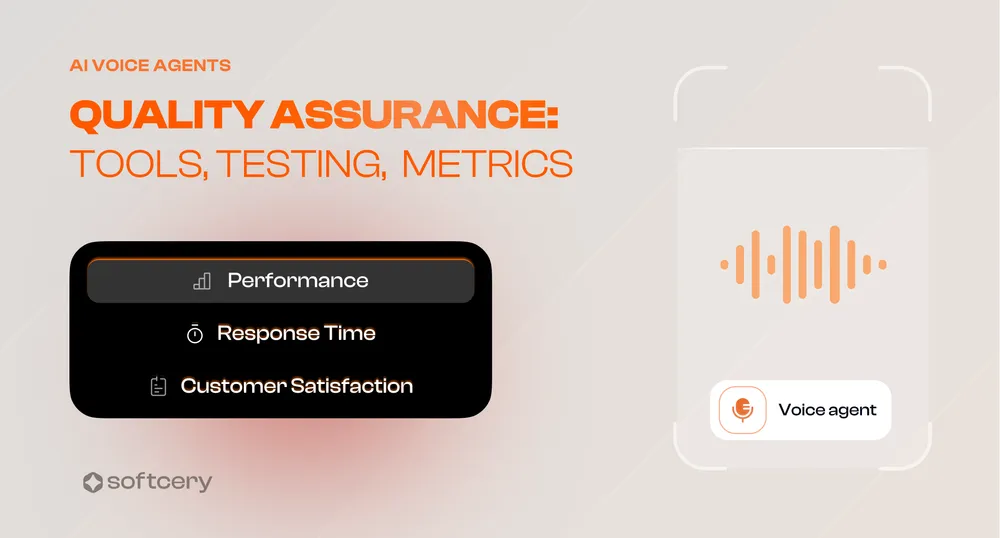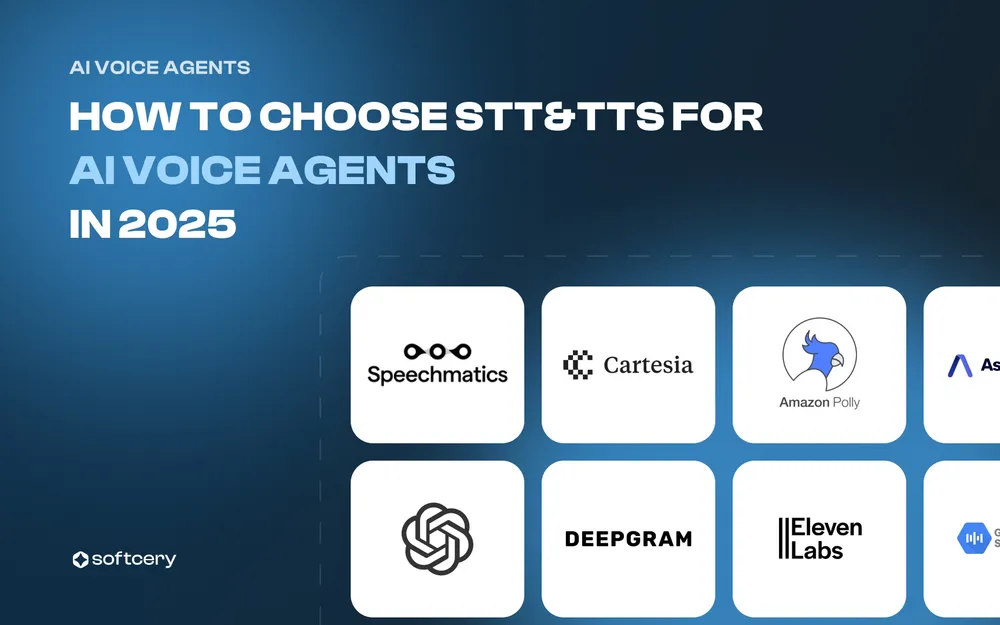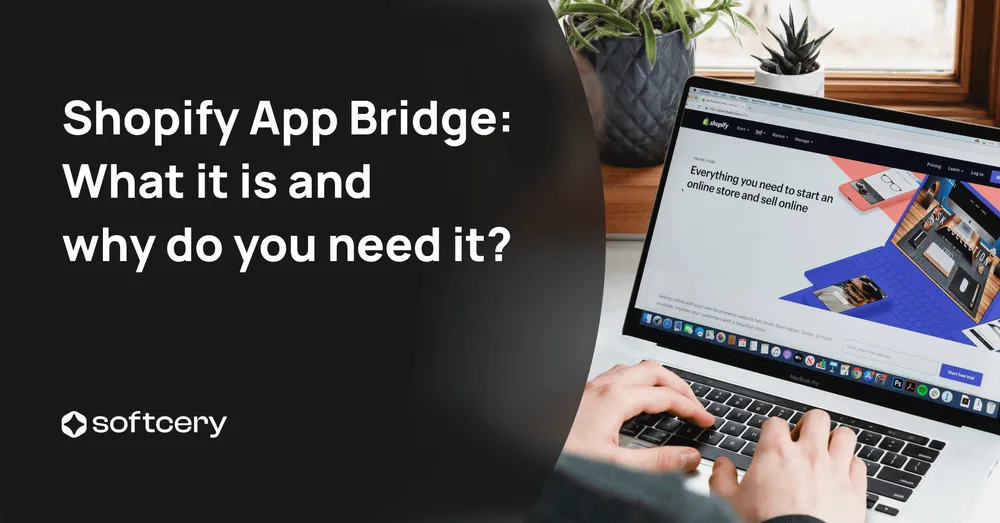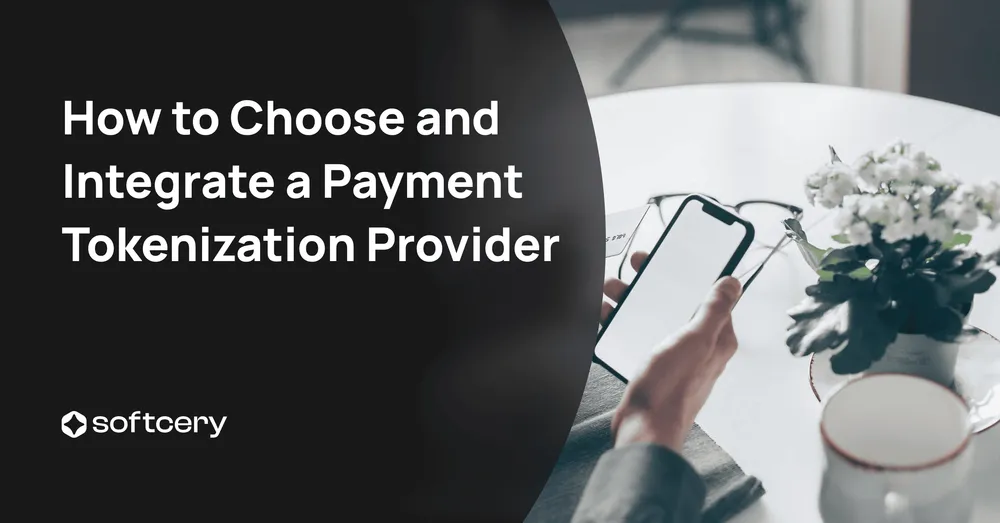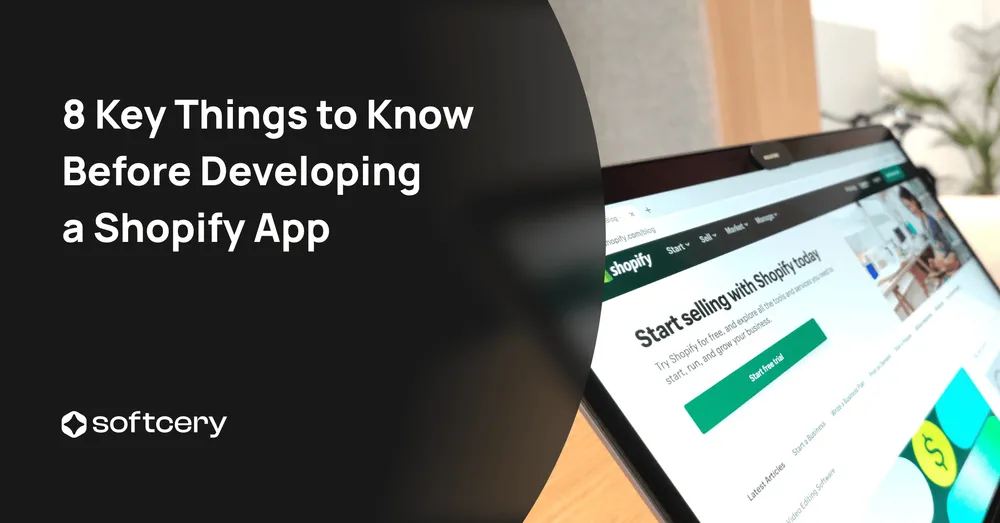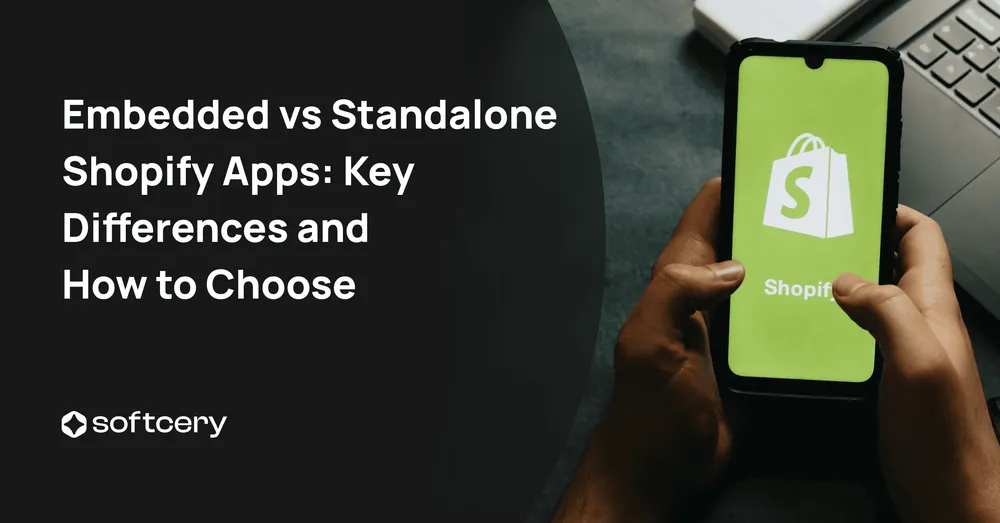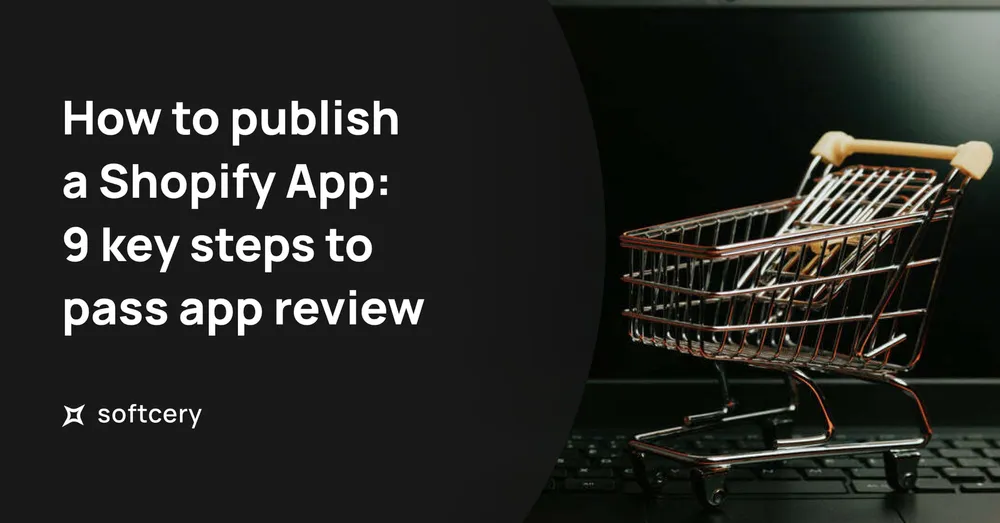How to Build a Shopify App: An In-Depth Guide
Last updated on November 5, 2025
In this article, we will explore the key steps required to create a successful Shopify app that stands out in a crowded marketplace. We will also share insights learned from building apps that generated more than $3,000,000 in revenue for Shopify merchants.
What is a Shopify App, and Why Build One?
Shopify is a popular e-commerce platform that allows entrepreneurs to easily create and manage their own online stores. One of the key aspects of Shopify’s success is its App Store, which lets developers create and sell apps that extend the platform’s functionality. With over a million businesses using Shopify, there is a huge potential market for these apps. However, creating a successful Shopify app is not as simple as building a product and hoping people will find it.
Shopify App Business Model
Choosing the right revenue model for your Shopify app is important to ensure its profitability. Below are some revenue models available for Shopify apps.
1. One-time charges. The one-time charges model is used when the merchant only needs to pay for the app once. It is best suited for apps with no ongoing costs and whose functionality doesn’t significantly change over time.
2. 30-day subscriptions. Merchants who buy this kind of app are billed every 30 days. Before changing the merchant, any number of free trial days can be configured. This model is best suited for apps that provide continuous service to merchants. Furthermore, you can set up different pricing tiers with varying functionality. For example, the app can have Free, Basic ($9.99/month), and Premium ($29.99/month) tiers.
3. Annual subscriptions. The annual subscriptions provide a better option for useful or required apps year-round. For annual subscriptions, it’s important to determine if the app’s services will remain consistent throughout the year. In addition, if you create an annual plan that mirrors one of the existing monthly plans, it’s common in the industry to offer a small discount to merchants who commit to using that product tier for a full year.
4. Usage-based charges. For any additional fees outside of the subscription price, usage-based charges can be added to a 30-day subscription. This model is useful if you want to offer additional functionality that not all merchants may need. Instead of adding this functionality to subscription tiers, you can offer usage-based charges.
Application credits
Application credits are not a revenue model; they provide merchants with credits for future app purchases. Application credits can be used to reimburse merchants for errors in billing, offer discounts on subscriptions, or serve as general goodwill gestures.
Shopify commission and billing management Shopify charges a 20% commission on all earnings. For example, if your app’s monthly subscription fee is $10, you will receive $8.
Shopify handles billing end-to-end by automatically generating invoices, handling payment failures, and allowing you to charge customers monthly, annually, or per activity. Additionally, you can issue refunds with minimal effort.
Types of Shopify Apps
App distribution types
There are four types of Shopify apps, depending on the distribution model:
- Public apps can be published on the Shopify App Store. After they are created, they can work with multiple stores. To be accepted, public apps must pass the Shopify app review.
- Custom (or single-merchant-install) apps can only work with a single store and won’t be listed on the Shopify App Store. However, unlike public apps, you don’t need to implement their installation—the access token for Shopify API is generated automatically right after setting up. It’s the best choice if you need an app to work with exactly one store, either yours or your customer’s.
- Draft apps are used during development and can only be installed on development stores for testing purposes.
- Private apps are no longer available after January 2022. You should use custom apps instead.
With Shopify Plus, it is possible to install a custom app across multiple stores owned by a single Shopify Plus merchant.
Embedded and standalone apps
Apps can be divided into two types depending on where their user interface is located. Embedded apps are integrated into the Shopify admin dashboard, while the standalone apps run on their website, separate from the Shopify admin. Each type has a list of advantages for both merchants and customers.
Benefits of embedded apps:
1. They appear in the store admin dashboard. Merchants can set up or adjust an app without opening an external website. With embedded apps, they can do this in the familiar user interface of an admin dashboard. 2. Improved performance and user experience. Embedded apps can load faster due to built-in Shopify optimization. Moreover, they have reduced content layout shifts, making merchants perceive an app as faster and more responsive, even if the loading time does not change. 3. Out-of-the-box mobile optimization. Embedded apps are optimized for the Shopify Mobile app, greatly improving merchants’ mobile experience. 4. Faster app development and publishing. Tools such as App Bridge, which create embedded Shopify apps, provide built-in components such as Button, Menu, and Navigation. These components also increase the likelihood of passing the app review process by enabling developers to comply with the Shopify App Design Guidelines easily. 5. Enhanced security. Every Shopify app consists of two parts: the user interface and the server, which is responsible for the app’s logic. When merchants perform actions on the user interface (e.g., clicking a button), the user interface sends a request to the server, which executes the logic. In embedded apps, every request is automatically protected against unauthorized access.
Benefits of standalone apps: 1. Appear on an external website. Placing the app on an external website can be beneficial in unique business cases. For instance, there may be a website that contains all of the company’s applications, where merchants can find other useful Shopify apps to install. 2. No Shopify design requirements. Embedded apps must comply with the Shopify App Design Guidelines, which makes sense for apps appearing in the admin dashboard. However, there may be situations where the Shopify guidelines do not fit the business needs, and custom design is needed. In such cases, you can create a standalone app, which does not need to comply with the Shopify App Design Guidelines. 3. No App Bridge requirement. Shopify App Bridge is a technology that should only be used for embedded apps and must not be used for standalone ones. If development is already in progress, and it has been realized that App Bridge is not being used, the app can be turned into a standalone instead of being recreated from scratch with App Bridge.
In most cases, the embedded type should be used because it offers significant advantages for merchants. However, if embedded is not an option due to your business needs, you can build a standalone application instead. For more information on this topic, please read our article Embedded vs. Standalone Shopify Apps: Key Differences and How to Choose
Key Benefits of Building a Shopify App
Huge distribution
Poor distribution is a common reason for business failure. In the case of Shopify apps, the Shopify App Store takes care of it, promoting apps for more than 1.75 Million merchants. A new app can gain traction fairly easily in the app marketplace, which makes it friendly to newcomers.
A lot of app opportunities
Merchants face numerous challenges, presenting plenty of opportunities to create an app that fills a gap in the market or provides a unique solution to an existing problem. To build a sustainable business, you must identify these problems and develop a useful application that solves one of them.
Ease of development
Shopify provides a robust API and extensive documentation that makes it easy (relative standards) for developers to build and integrate apps with the platform. Additionally, Shopify offers a range of tools and resources to help developers create successful apps, such as App Bridge or Polaris libraries.
Shopify handles billing
Shopify handles the billing process for your app, making it easy to charge customers and issue refunds. This means that you can focus on developing and improving your app, rather than worrying about billing issues.
Examples of Successful Shopify Apps
Let’s take a look at a few examples of successful apps:
- Judge.me is a tool for merchants to collect and display product reviews. It displays star ratings, trust badges, review carousels, and allows for synchronization and grouping of product reviews across different products and stores.
- Shopify Inbox lets you chat with customers as they shop on multiple channels.
- GemPages allows you to create landing pages for a Shopify store without programming knowledge.
Next, we will look at the specific steps to build a Shopify app.
1. Start by formulating your idea
There must be a reason for the ambition to build a custom Shopify app in a crowded marketplace with over 8,000 apps already available and counting. Perhaps you have encountered a problem that no app has solved before. Or you have come up with a new and better solution for an old problem. Or you have conjured up an inventive way to improve your store that nobody has thought of before.
Whatever the reason is, you see an opportunity to create an app that you believe people will want to install, utilize, and, ideally, pay for.
Write down your objective
Use the following template to write down your objective: “My objective is to build an app that will [app purpose], grow it to [number] merchants, reach [amount] monthly recurring revenue, all by [date].”
If your objective feels too intimidating—perhaps your ambitions lie in millions of dollars—consider setting a shorter, more attainable goal. I recommend limiting the first iteration to three months, but aim to reduce this timeline as much as possible.
Be realistic when setting your objective. There is no point in setting a goal that you can’t achieve. You can further investigate the concept of SMART goals and OKRs to enhance your goal-setting. However, don’t overthink it—beware of analysis paralysis!
Solve specific problems
For your app to be successful, someone needs to have a compelling reason to pay for it. It’s important to clearly understand who this example customer is and what the aforementioned reason will be.
Are you building an app for merchants to better understand their customers by asking post-purchase survey questions? Are you trying to sell more by upselling additional products? Are you trying to provide social proof by collecting and displaying surveys? Or are you jumping on the hype train and trying to integrate Shopify with ChatGPT? (If you are, let us know!)
Research competing apps
Whatever your reason for creating a Shopify app may be, make sure to formulate it clearly. Then, research the Shopify App Store to see if a similar app already exists. If it doesn’t, consider yourself lucky.
If a similar app already exists, don’t despair. Instead, look into the reviews of the competing app. You may find solid ideas for improving upon and outcompeting the existing app.
In addition to looking for app reviews, consider the following ideas to outcompete existing Shopify apps:
1. Better unique value proposition. Identify a unique problem that is not addressed by existing apps and build a solution for it. This could involve creating a niche app or adding a unique feature to an existing app that sets it apart from competitors. 2. Better user experience. Focus on creating a user-friendly interface and a seamless user experience. This could include simplifying the registration process, making it easy to navigate the app, or providing exceptional customer support. 3. Better marketing. Create a strong marketing plan to increase visibility and attract customers. This could involve leveraging social media, influencer marketing, or partnering with complementary apps to reach new audiences. Additionally, offering a free trial or running a promotional campaign can also help attract new users.
“One counterintuitive point I would make is that often times if you find that there’s no similar app in the app store, then there’s likely no market for that kind of app. Instead, seek out the apps that have many competitors. Launching in that space and carving out your niche might be a viable opportunity.” Benzion Yungreis Senior Software Manager at Eye4Fraud
2. Build a true MVP
Now that you understand the problems that need to be solved, it’s time to come up with an MVP (Minimum Viable Product) that can solve them. The key here is for the MVP to be truly minimal. Identify the 20% of features that provide 80% of the value, and continue asking “Can anything else be removed?” until the answer is definitively “No!”.
Why create an MVP?
At this stage, your idea and plan are unvalidated hypotheses that may turn out to be completely or partially false. Even if we assume that your idea and plan are superb and cannot fail, your belief in your ability to implement the idea and follow the plan is also a hypothesis, unless you’ve done this many times before (in which case, you probably don’t need this article).
With so many unknowns, what’s the point of risking everything and investing precious time and resources into developing a fully-fledged app if you can start with something smaller? Moreover, releasing the app faster will allow you to hear crucial feedback from users, which is necessary to improve and grow your app.
The size of an MVP can vary significantly depending on the complexity of the problem it aims to solve. However, a good rule of thumb is to limit development time to one month for smaller apps and up to three months for larger ones. If you find yourself in a situation where more time is needed, your minimum valuable product is probably not as minimal as it could be!
Define the MVP scope
To define the scope of Minimum Viable Product (MVP) functionality, use the following template to write acceptance criteria: “A [actor] should be able to [action].” Then, add detailed sub-criteria for each criterion. Try to include everything the app should do, even if it may seem obvious.
Here is an example of MVP acceptance criteria for an app that can send Shopify analytics to Slack:
- A user should be able to install the app from the Shopify App Store.
- Once the app is installed, the user should be asked to grant the app access to a Slack account.
- Once the access is granted, the user should be asked to choose a Slack channel to which reports will be sent.
- Once the channel is selected, the user should be directed to the reports page.
- On the reports page, the user should be able to manage reports.
- The user should be able to see, add, edit, and delete reports.
- When deleting a report, the user should be asked a confirmation message using the default window.confirm popup.
- The user should be able to manually trigger a selected report.
- When adding a report, the user should be able to:
- Select a Shopify Analytics report to use.
- Select the report frequency (daily, weekly, monthly) and a time (1–12 am/pm).
- Select a period for which the report should be sent (day, week, month, custom—enter days).
- Select a Slack channel to which a report will be sent.
- The reports should be sent according to the configuration options entered by users.
- The app should be built in a way that would later allow adding other analytics providers, like Fathom Analytics, MixPanel, Plausible Analytics and others.
Find a reliable development partner
To implement the MVP, you will require either software development skills, an in-house software development team, a freelancer, or a partnership with a software development company. Each option has its pros and cons, but the success of your project ultimately depends on developing the MVP with proper quality, within budget, and on schedule.
Ensure developers are in sync
Before making any plans or commitments, it’s crucial to ensure that you and your development team are fully aligned. Ask and answer all possible questions to ensure that everyone has a clear understanding, and avoid making assumptions. Without mutual understanding of goals and challenges, misunderstandings and miscommunications are likely to arise sooner or later.
Furthermore, it’s important to continue communicating regularly as development progresses to resolve any miscommunications that may arise along the way. A good rule of thumb is to have weekly calls with your development team. During these calls, the team can present their progress, ask and answer questions, suggest ideas, and refine priorities for the following week.
Conduct a technical investigation
Before beginning the development of your Shopify app, it’s important to determine its technical feasibility. While Shopify offers a high degree of customizability, it may still not be possible to implement certain features from a technical standpoint. Make sure your development team conducts a thorough investigation of the project’s technical feasibility before starting development. The last thing you want is to find out that implementing your app is not possible after already spending half of your development budget (and time!).
Create a development plan
Once you have a good understanding of the technical requirements for implementing your Minimum Viable Product (MVP), create a development plan that fits within your budget and timeline. Be sure to account for development, review, deployment, testing, and the Shopify app review phases.
It’s important to allocate additional time to accommodate any delays due to uncertainty or risks. The more complex your app is, the more likely it is that you’ll encounter various blockers at different stages of development.
Decide how to deploy your app
To deploy your Shopify app, you have several options like Amazon AWS, Microsoft Azure, Google Cloud Platform, and Digital Ocean. These cloud providers offer various services such as EC2, S3, RDS, Elastic Beanstalk, Azure Virtual Machines, Azure App Service, Azure Blob Storage, Compute Engine, and virtual private servers (VPS) from Digital Ocean.
Consider pricing, scalability, and ease of use when choosing a provider. Use tools like Docker and Kubernetes to automate deployment and scale your app as your user base grows.
Overall, deploying your Shopify app requires careful planning. Choose a cloud provider and use modern tools to automate deployment and ensure scalability.
3. Publish your app to Shopify App Store
Passing the Shopify app review is a crucial step in getting your app listed on the Shopify App Store. Before submitting your app for review, make sure it meets Shopify’s app requirements and app submission guidelines. Once you’ve done it, you can submit your app for review through the Shopify Partner Dashboard.
The review process typically takes around 14 days, during which time Shopify will test your app for functionality, security, and user experience. If there are any issues with your app, Shopify will provide feedback and let you know what changes need to be made before resubmitting. Once your app passes the review process, it will be listed on the Shopify App Store and available for merchants to install and use.
Create a compelling app listing
Your app listing is the first thing that potential customers will see. Make sure it accurately describes what your app does and how it can help merchants. Use high-quality images and videos to showcase your app’s features and functionality. Include testimonials and reviews from satisfied customers to build trust and social proof.
Test your app before publishing
Before releasing your Shopify app, it is crucial to thoroughly test it to ensure that it functions as intended and meets the expectations of your target audience. Testing should be done at various stages of development, from the initial MVP to the final release.
Testing should include both manual and automated testing. Manual testing involves testing the app by hand, while automated testing involves using tools to automate the testing process. Automated testing is particularly useful for regression testing, which involves testing the app to ensure that new features or changes do not break existing functionality.
In addition, you should also consider using beta testing to get feedback from early adopters before releasing the app to the general public. Beta testing can help you identify bugs and usability issues that you may have missed during development. Overall, thorough testing is essential to ensure that your Shopify app is reliable, user-friendly, and ready for release.
Verify compliance with Shopify App Guidelines
To ensure that your app can be published in the Shopify App Store, it is essential to be familiar with the Shopify app requirements. Otherwise, you may end up creating an app that requires significant changes before it can be published.
Requirements for Shopify App Store In order to be published in the Shopify App Store, every public app must meet a list of requirements. These include general requirements like proper app configuration and installation workflow, low impact on store performance, support, and more. Additionally, specific requirements exist for certain app configurations, such as requirements for embedded apps, payments apps, blockchain apps, post-purchase apps, etc.
App Design Guidelines Embedded apps must also comply with the Shopify App Design Guidelines, which strictly define their appearance. These guidelines standardize the visual representation of apps, ensuring that their user interfaces are predictable and easy to use for merchants.
Resolve problems and re-submit for review
Once you submit your app, the Shopify team reviews it and may request changes to its visual or logical components. If you are familiar with the app requirements, these changes will likely be minor and easy to fix.
Here are a few common reasons for the app to be rejected during the review process:
- When a merchant clicks Add app from the app’s listing, the app does not immediately authenticate using OAuth before any other steps occur.
- When a merchant clicks Add app from the app’s listing, the app returns a fatal error.
- The app listing is incomplete or too short, or it includes missing screenshots, grammar and punctuation issues, or screencasts as a promotional video.
- More API permissions are being asked for than are used by the app.
- Uncaught errors and bugs.
- Installation instructions were not provided when code is required to be added to a merchant’s store.
- Sign-up forms aren’t auto populating: any sign-up or sign-in forms requiring store address and email address should auto populate.
- After install, the widget that the app is supposed to display is not active on merchant’s store.
- Pricing information is not accurate. If your app was not approved after the first submission, make the requested changes and re-submit it for review. You can repeat this process as many times as needed to pass the review.
4. Promote your app and acquire users
Before starting to develop your Shopify application’s minimum viable product (MVP), it is important to consider how you will acquire your first merchants. Simply releasing your app on the Shopify App Store and hoping for installations may only result in a few accidental clicks with no measurable impact.
Relying on a distribution mechanism that you cannot control, improve, and scale is a road to nowhere. To distribute and grow your app in a solid way, consider the next approaches.
Drive traffic to your listing with targeted ads
Use Google Ads or Facebook Ads to promote your app to your target audience. Use targeting options to ensure your ads are seen by the right people. You can also use retargeting ads to reach people who have already visited your app listing but didn’t install your app.
Get featured in the Shopify App Store
Getting featured in the Shopify App Store can give your app a huge boost in visibility and downloads. Make sure your app meets the guidelines for quality and functionality. Consider reaching out to Shopify’s App Review team to discuss your app and see if it’s a good fit for a feature.
Reach out to influencers and partners
Identify influencers and partners in your industry who have an audience that matches your target market. Reach out to them and see if they would be interested in promoting your app to their audience. You can offer them an affiliate commission or a share of the revenue generated by their referrals.
Utilize email marketing
Build an email list of potential customers who have expressed interest in your app. Use email marketing to keep them updated on your app’s progress and to announce new features or updates. Offer exclusive discounts or promotions to your email subscribers to encourage them to install your app.
Create educational YouTube videos
Create instructional videos that teach merchants how to use your app and how it can help them grow their business. Use search engine optimization (SEO) to ensure your videos are found by people searching for solutions to their problems. You can also use YouTube ads to reach a wider audience.
Design a referral program
Encourage satisfied customers to share your app with others. Offer them a reward for each person they refer who installs your app. This can be in the form of a discount, free trial, or other incentive.
A referral program can be a powerful way to grow your user base and generate word-of-mouth marketing. Make it easy for users to refer others by providing them with pre-written messaging or graphics they can share on social media or via email.
Regardless of your plan, treat it as you would your idea—as a hypothesis that may be incorrect. Create a minimum viable product marketing campaign, execute it, measure the results, learn, improve, and repeat.
5. Collect feedback and improve the app
Once you’ve successfully released your app, it’s important to collect feedback from users and continually improve it. This is an ongoing process that requires constant attention and effort.
Analyze the distribution performance
The first step in collecting feedback is to analyze the performance of your distribution plan. Identify which channels are driving the most downloads and conversions. Look for opportunities to optimize your marketing efforts and improve your conversion rates.
Analyze the app performance
Next, analyze the performance of your app. Monitor user engagement and retention rates. Look for patterns in user behavior and identify areas where users are struggling. Use analytics tools to track user actions, such as clicks and page views, and identify areas for improvement.
Treat your product as a leaky bucket
Think of your product as a leaky bucket. Water flows out of the holes as you pour more in. If you fill the bucket at the same rate as it’s exiting, growth will be stagnant. Plug up the holes, and the bucket will fill up, leading to growth. Here, water flowing in represents new customers being acquired by your distribution campaign, and water flowing out represents customers leaving due to not being fully satisfied with the app. The goal is to balance acquisition and retention efforts by equally focusing on marketing and product development.
Continue the build, measure, improve loop
The key to success is to continually iterate and improve your app. Use the feedback you collect to inform your development roadmap and prioritize new features and improvements. Release new versions of your app often and use analytics tools to measure the impact of your changes. Continually seek out user feedback and use it to refine and improve your app over time.
Remember that building a successful Shopify app is an ongoing process that requires constant attention and effort. Stay focused on your goals, be willing to pivot when necessary, and always be on the lookout for ways to improve your app and better serve your users.
How much does it cost to build a Shopify app?
The cost of developing an app depends on its complexity. The Shopify app is a custom program that integrates with Shopify. If this program is complex and its development will take a lot of time, then the cost will be higher compared to the development of a simple app.
For instance, creating a simple app that exports the store’s customers may take up to one week. However, creating a custom payment system that integrates with Shopify may take several months.
💡 Need a quote and time estimate for your app idea? We can consult with you on app creation!
Conclusion
Creating a successful Shopify app requires a clear understanding of your goals and a deep understanding of your target audience’s needs. Solving specific problems, formulating a true MVP, creating a distribution plan, building and releasing the MVP, and collecting feedback and continuously improving the app are all essential steps to building a successful Shopify app. By following these steps, you can develop a Shopify app that stands out in a crowded marketplace and generates significant revenue for your business.
Start where you are.
If you’re just starting out with building a Shopify app, don’t worry! You don’t have to do everything at once. Focus on taking the first step, and keep building from there. Set a realistic goal for yourself, and work towards achieving it. Remember to keep your target audience in mind at every step of the way. Good luck!
Further reading
Shopify App Development Documentation How to Build a Shopify App: The Complete Guide 8 Key Things to Know Before Developing a Shopify App The Lean Startup: How Today’s Entrepreneurs Use Continuous Innovation to Create Radically Successful Businesses – by Eric Ries
Focus on the 20% that actually moves the needle. Your custom launch plan shows you exactly which work gets you to launch and which work is just perfectionism – so you can stop gold-plating and start shipping.
Get Your AI Launch Plan

